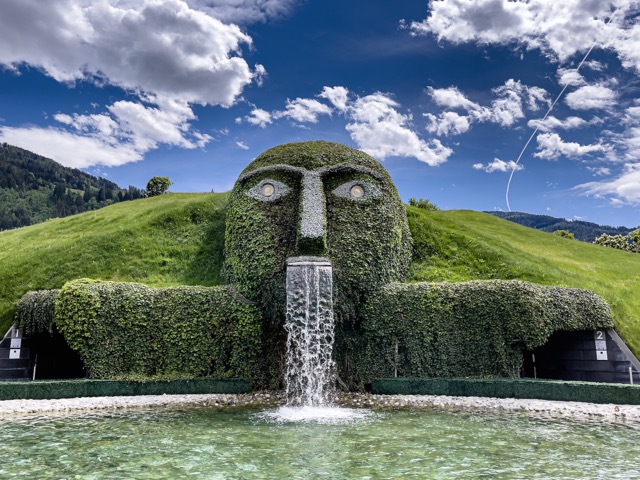Here are five companies that you may not know originally hail from Austria.
Pez
Yes, the famous tiny candies – and their dispensers – originate in Austria. Grocer and businessman Eduard Haas created the original Pez (short for ‘Pfefferminz’, German for peppermint) in 1927. Designed as a tool to help people stop smoking, they were first sold in Vienna before the business was relocated to the United States after World War Two.
READ ALSO: Nine inventions you might be surprised are actually Austrian
It was during the 1950s that the famous plastic dispensers were first marketed with the heads of popular characters. Some original dispensers are worth hundreds of thousands of dollars today. The company continues to release new ‘models’ each year.
Unlike many other confectionary brands, the descendants of Haas still own a significant share in the company, and their corporate headquarters is located in Traun, near Linz in Upper Austria.
Red Bull
The most recognisable name on this list, Red Bull, has Austrian roots. While Krating Daeng, the Thai energy drink developed by Chaleo Yoovidhya, has existed since the seventies, it was when Styrian businessman Dietrich Mateschitz encountered it during his many work trips that it gained global recognition. Mateschitz went into business with Yoovidhya in the early eighties and almost immediately began associating the brand with extreme sports and adventure activities – his passions. The enervating drink and the outdoor lifestyle were a perfect fit. Red Bull is now a billion-dollar brand with the iconic drink cans available at corner shops almost everywhere.
READ ALSO: Who was the Austrian billionaire behind Red Bull?
Riedel
If you’re serious about wine, you’ve probably got a Riedel wine glass tucked away in a cupboard. This Austrian brand has quite the pedigree, with the Riedel family having been involved in glass-making in Kufstein, Tyrol, since the seventeenth century. The family were known throughout the nineteenth century for creating glassware for both home and industrial purposes. The brand as we know it today has existed since the fifties when Walter Riedel and his son Claus reestablished the company after the war and began manufacturing glasses specifically designed for wine connoisseurs. Having won many design awards, Riedel glassware is now highly prized by wine experts and famous European cellars.
Steyr
Steyr, one of the world’s most respected firearms manufacturers, originated in the early 19th century when Lower Austrian blacksmith Leopold Werndl began supplying firearm parts in Sankt Peter in der Au. As the years progressed, he began manufacturing his own weapons. A company was formed by his descendants and gained the Steyr name while manufacturing parts for the automobiles of the same name, following prohibitions on weapons manufacture after World War One.
Steyr gained a name from the fifties to the seventies when the Steyr AUG was adopted by the armies of countries. The rifle has also become a popular recreational firearm owned by athletes and hunters across Europe and the United States.

Swarovski
The world-renowned glassware and jewellery brand was founded by glass-cutter Daniel Swarovski in the Tyrolese town of Wattens in the closing years of the 19th century. From the beginning, the glassware, statues, and jewellery created by the firm have been collector’s items. In the 21st century, the company has vastly increased its retail presence.
Not only can you visit the Swarovski headquarters in Wattens today, but in 1995, the company opened their own theme park in Swarovski Kristallwelten. The park offers rides, cafes, restaurants, art galleries, and seasonal exhibitions.





 Please whitelist us to continue reading.
Please whitelist us to continue reading.
Member comments